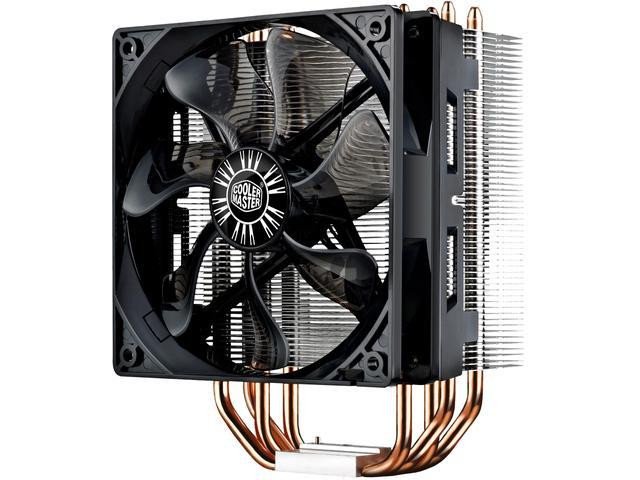Overheating is a big problem for electronic devices. This is why coolers are vital for controlling the temperature of electronic devices or similar heat sources. Heatsink blocks (or aluminum heatsinks) are used in electronic devices to dissipate heat energy and cool your devices.
In the modern era, electronic systems and gadgets are common in every aspect of our daily lives. From a microprocessor chip for mobile communication systems to a base station (BTS), all electronic products need electrical power to operate. Some of this power is used to power the device, while the rest (depending on the device’s efficiency) is mostly dissipated in the form of heat.
However, due to the shrinkage of the devices, electronic devices cannot accumulate much heat and they have to distribute this heat energy to the environment. For this purpose, cooling blocks are generally used.
A heat sink is a part used to absorb the heat of an electronic device by conduction and then release this energy to the environment through convection and radiation.
Heatsinks are made of thermally well-conducting materials, commonly aluminum. Aluminum is preferred because of its low cost compared to other thermally conductive materials such as silver and gold.
How do heatsinks work?
Heat from a small electronic circuit or chip is absorbed by a flat metal plate by conduction. Conduction is usually facilitated by applying a thermal paste between the chip’s outer casing and the heat sink. Thus, the incoming heat is transmitted to the larger cooler surface and radiated.
When a smaller surface area of the heat source comes into physical contact with a larger surface area of the heat sink, the heat energy is subjected to a radiated heat resistance. Therefore, it is important to control the spreading resistance by choosing the appropriate contact thickness of the base plate of the heatsink.
A heat sink with minimal diffusion resistance ensures that the heat is distributed almost evenly over the baseplate and fins. Thus, the surface area of the cooler is used efficiently.
On the other side of the heatsink base plate are many metallic fins to provide increased surface area for thermal convection of heat. The blades are not placed too close together as this may prevent the fluid, which is air in most cases, from flowing freely between the blades to dissipate heat.
Evenly radiating heat in the cooler floor uses all the surface area provided by the fins using natural convection or forced-circulated air convection and is released into the environment.
Natural convection and forced circulation air convection
Natural convection is a process whereby using the natural flow of ambient air, that is, without applying pressure from an external source, heat energy is removed from the cooling fins. In this process, the flow or velocity of the fluid molecules is slow.
 A heatsink supported by a fan
A heatsink supported by a fanIn the forced circulation air convection method, a fan is used to increase the flow rate over the fins of the cooler.
The increased air flow with the help of the fan causes more heat to be transported from the cooler. Generally, forced convection is used where it is necessary to remove a lot of heat power or where a smaller heatsink is mandatory in a design.
Along with convection, heat radiation from the heat sink is also very helpful in removing heat from the heat sink. Coolers are usually black in color, which increases the thermal radiation capacity.
A heat sink is an essential accessory for the reliable operation of an electronic device. Our advanced smartphones, high-power computers, and even our LED lights will not work as intended due to overheating without coolers.